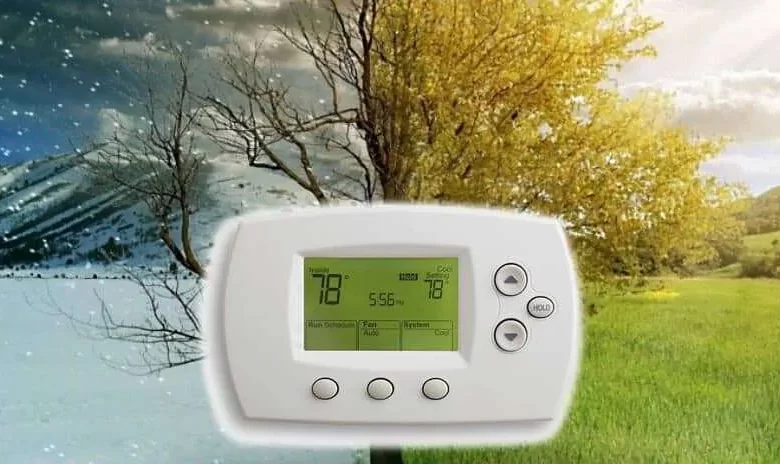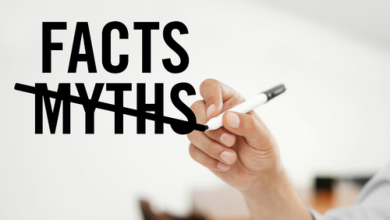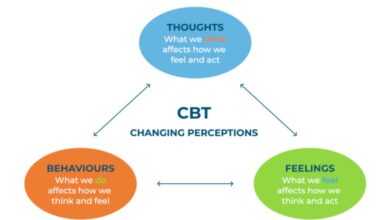What Is the Ideal Thermostat Setting for Virginia?

Virginia experiences a variety of temperatures throughout the year, from hot and humid summers to chilly winters. Finding the ideal thermostat setting is key to staying comfortable while keeping energy costs low. In this article, we’ll explore the best temperature settings for different seasons, tips to maximize efficiency, and how to avoid common heating and cooling issues.
Ideal Thermostat Settings for Each SeasonSummer: Staying Cool Without High Bills
During Virginia’s hot and humid summers, setting your thermostat to 78°F when you’re home is a good balance between comfort and energy savings. If you find this too warm, using ceiling fans can help circulate air and make the room feel cooler without needing to lower the temperature. When you’re away, raising the thermostat to around 85°F helps reduce cooling costs while preventing excessive humidity buildup.
Winter: Keeping Warm Efficiently
In the colder months, setting your thermostat to 68°F while you’re home is recommended for maintaining comfort without excessive energy use. At night or when you’re away, lowering the thermostat to 60-65°F can help save on heating bills. If you rely on a heating system like a Charlottesville heat pump, ensuring it operates efficiently will keep your home warm without unnecessary energy consumption.
Spring and Fall: The Transition Seasons
During the milder months of spring and fall, you can take advantage of natural ventilation by opening windows and reducing HVAC usage. Keeping your thermostat set around 70°F is generally comfortable during these times.
Maximizing Energy EfficiencyUse a Programmable or Smart Thermostat
A programmable thermostat allows you to set different temperatures for various times of the day, automatically adjusting when you’re asleep or away. Smart thermostats take this a step further by learning your habits and optimizing settings for maximum efficiency.
Seal Leaks and Improve Insulation
Air leaks around doors and windows can let warm or cool air escape, making your HVAC system work harder. Adding weather stripping and improving insulation helps maintain a consistent indoor temperature.
Routine HVAC Maintenance
Regular maintenance is essential to keep your heating and cooling system running efficiently. If you need professional help with repairs or seasonal tune-ups, Charlottesville heating experts can ensure your system operates at peak performance.
How to Prevent Auxiliary Heat from Driving Up Costs
Many homes in Virginia use heat pumps, which are energy-efficient for most of the year. However, when temperatures drop too low, auxiliary heat can kick in, leading to higher energy costs. If you’re wondering about stopping auxiliary heat from coming on too frequently, strategies like improving insulation, setting your thermostat gradually, and using supplemental heating sources can help reduce reliance on costly backup heating.
Final Thoughts
Finding the ideal thermostat setting in Virginia depends on the season, your home’s insulation, and personal comfort preferences. By following these recommendations, using programmable thermostats, and maintaining your HVAC system, you can stay comfortable year-round while keeping energy costs manageable. Whether you’re battling summer heat or winter chills, the right thermostat settings can make all the difference in energy efficiency and home comfort.




